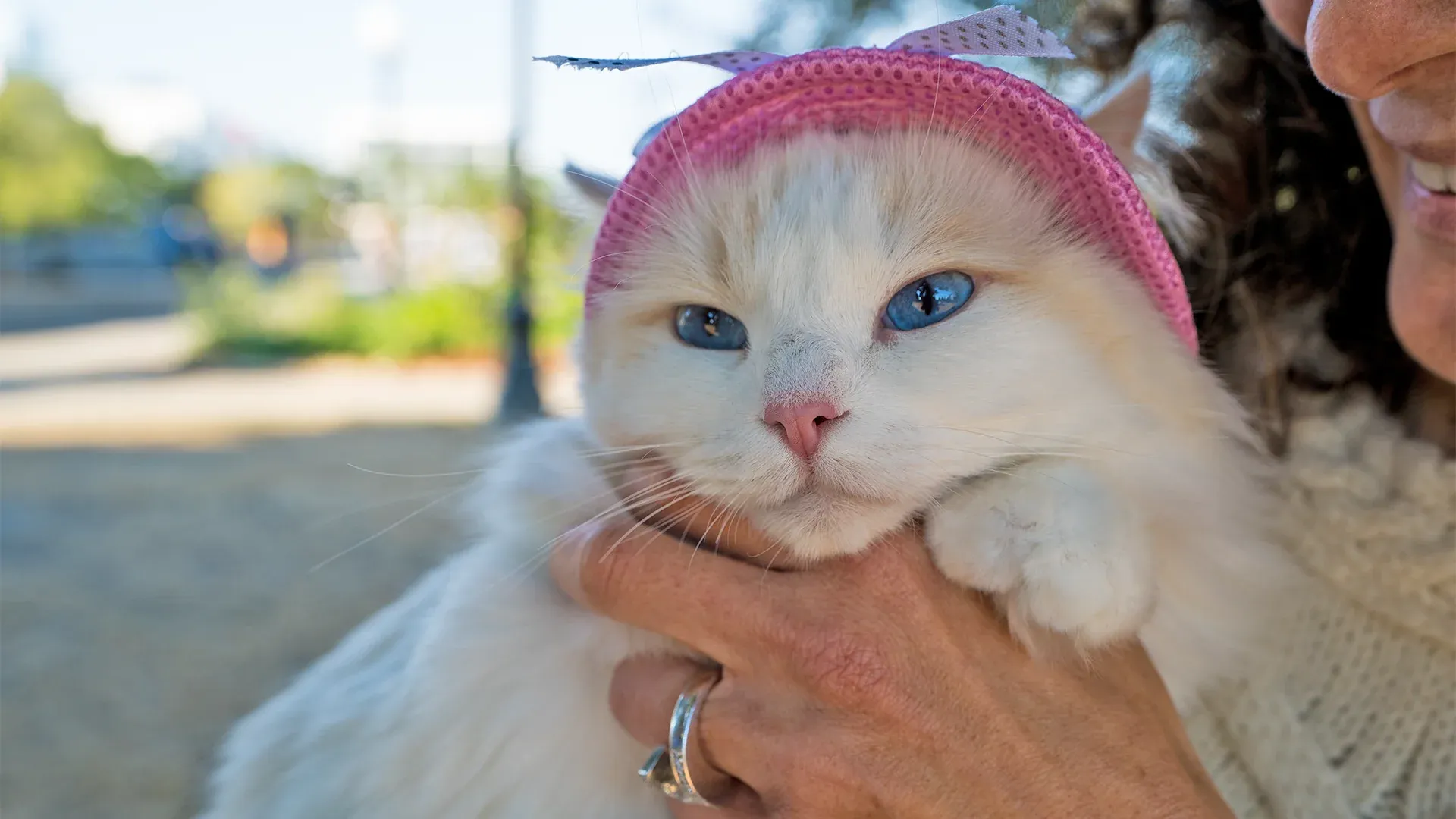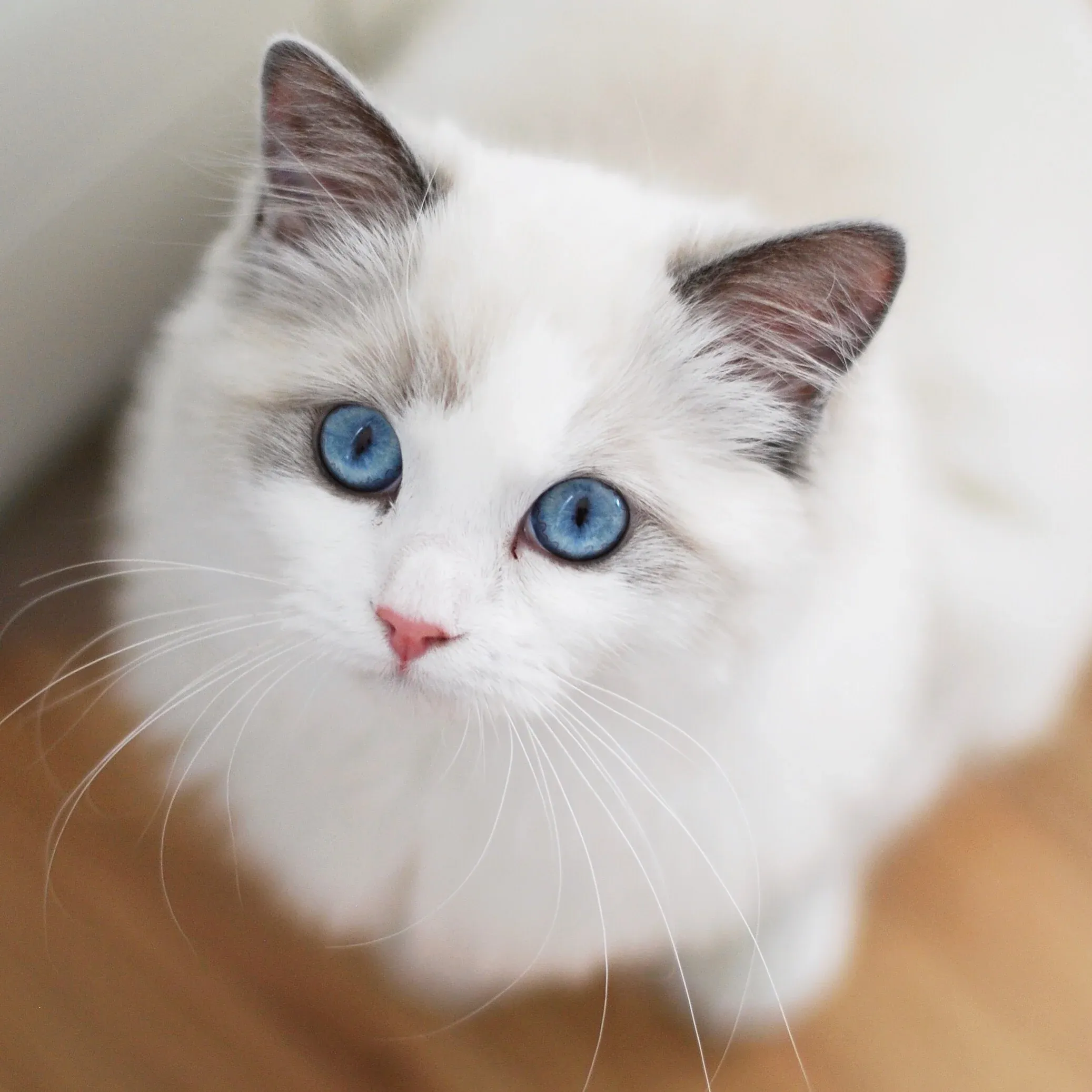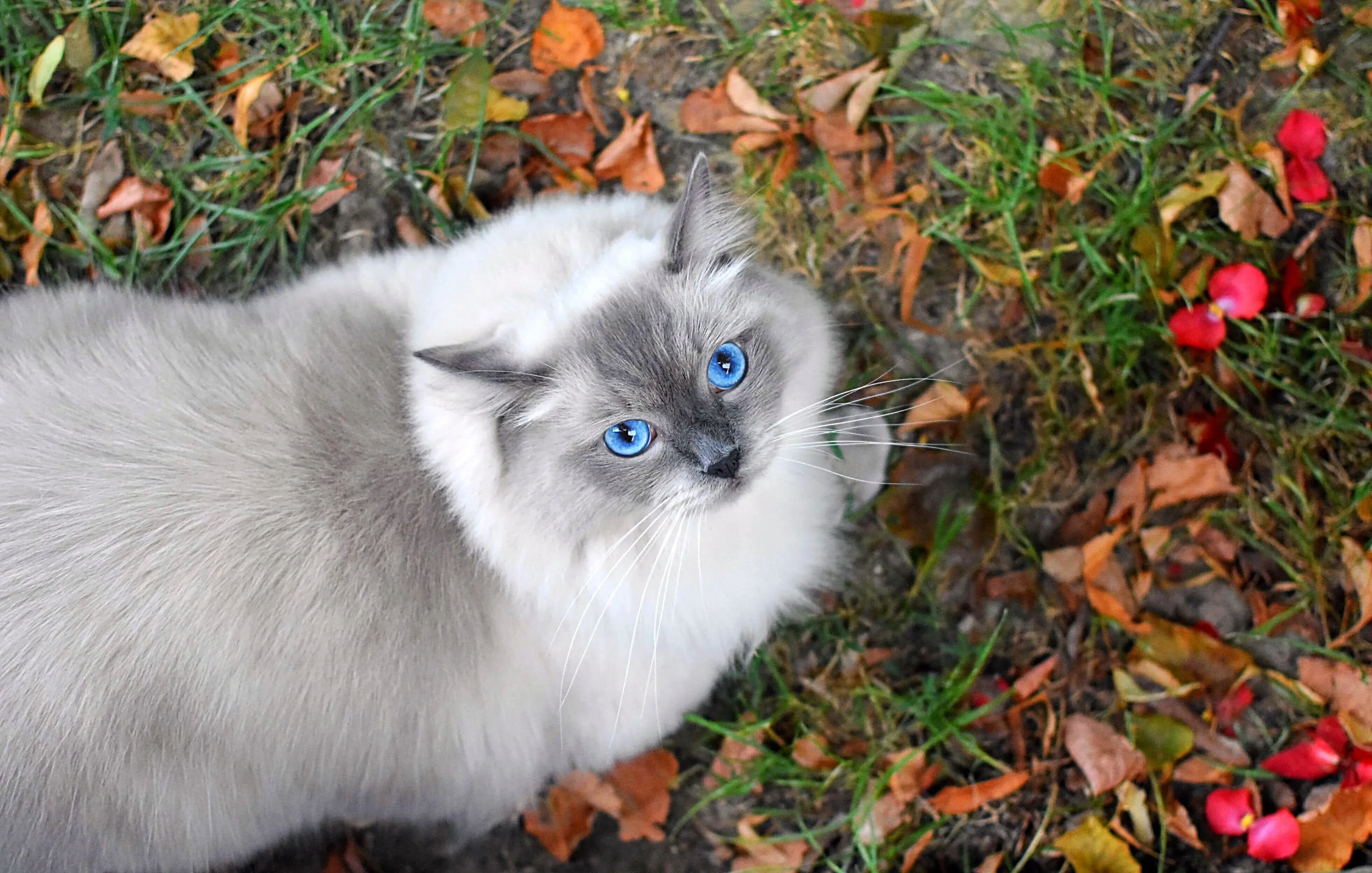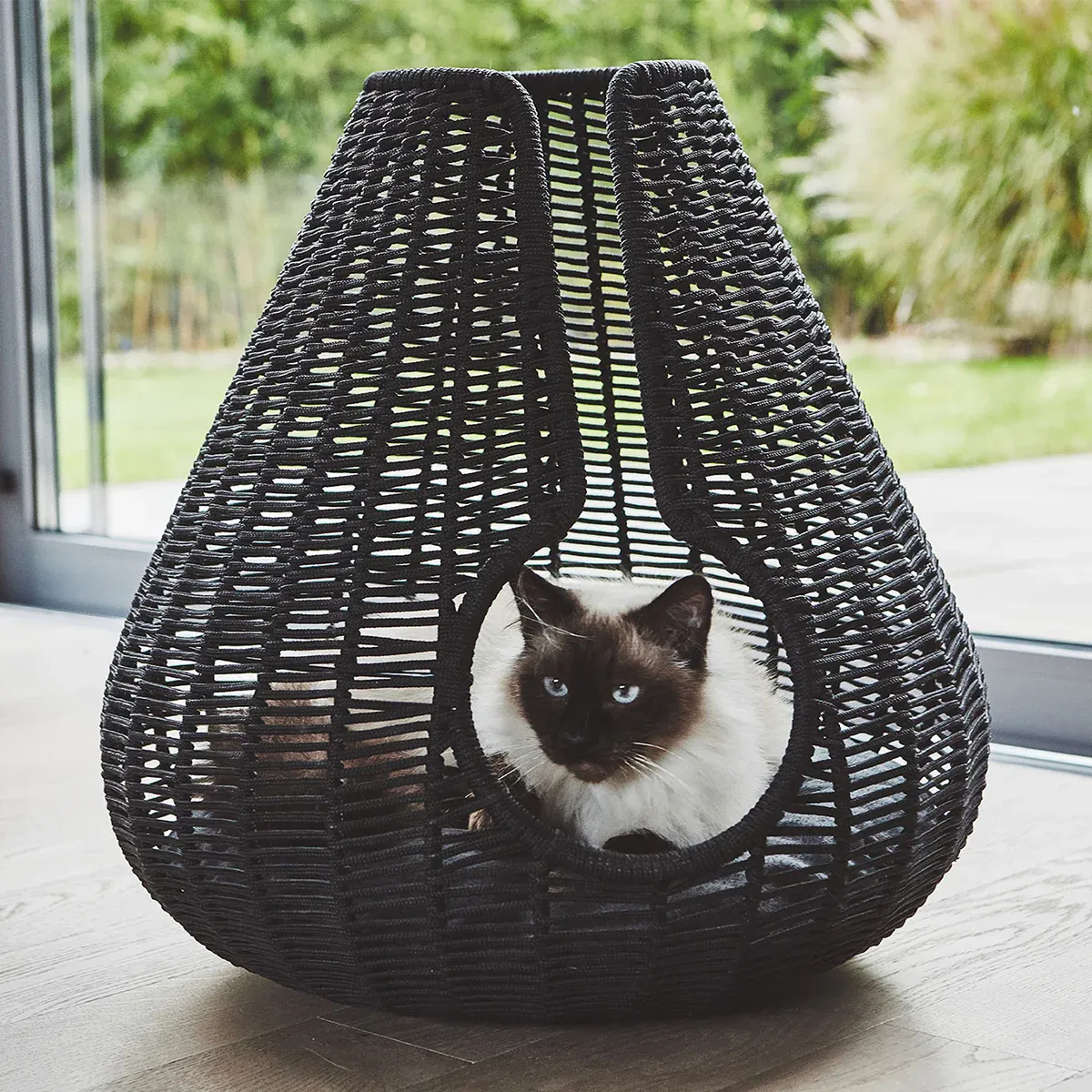Are you captivated by the striking blue eyes and laid-back charm of a Ragdoll cat? These affectionate felines make it easy to imagine them as the perfect family pet. With over three years of experience raising two Cream Bicolor Ragdolls named Teemo and Arya, I’ve learned firsthand what makes this breed unique. If you’re considering bringing a Ragdoll cat into your home, here are 10 essential facts to help you decide if they’re the right fit for your lifestyle.
 cream bicolor ragdoll cat
cream bicolor ragdoll cat
My cats Teemo and Arya – Cream Bicolor Ragdolls
1. They Go Floppy When Held
The name “Ragdoll” stems from their signature trait: going completely limp and relaxed when picked up, earning them the nickname “floppy cats.” Unlike more independent breeds, Ragdoll cats thrive on human interaction and often melt into your arms like a plush toy. This makes them ideal for cuddling, but not every individual shows this behavior to the same degree. According to breed standards from organizations like TICA (The International Cat Association), this docile response highlights their loving nature and love for attention.
2. Puppy-Like Personality and Social Nature
Ragdoll cats exhibit a dog-like demeanor that’s gentle, sweet, and highly social. They’ll greet you at the door, curl up on your lap during tough days, or trail you room to room seeking affection. This makes them excellent companions for families with children or other pets. Some even enjoy playing fetch! Their dependent personality means they bond deeply with owners, fostering a strong emotional connection.
 female cream bicolor ragdoll cat
female cream bicolor ragdoll cat
My cat’s mom – a Cream Bicolor Ragdoll
3. Stunning Appearance and Patterns
Purebred Ragdoll cats boast vivid blue eyes, a hallmark of the breed. They appear in four patterns—bicolor, van, mitted, and colorpoint—and six colors: seal, blue, chocolate, lilac, red, and cream. Kittens are born white, with points developing by 8-12 weeks. Their semi-long, silky coat is plush but low-maintenance. Variations like the tuxedo Ragdoll cat or brown Ragdoll cat add to their allure.
 blue bicolor ragdoll
blue bicolor ragdoll
Blue Bicolor Ragdoll example
4. Impressive Lifespan
With proper care, Ragdoll cats enjoy a long life of 15-20 years, and some reach 25. Key factors include a high-quality raw meat diet, indoor living, spaying/neutering, and regular vet checkups. As a slow-maturing breed, they reach adulthood around age 4, allowing extended kitten-like playfulness. Veterinary sources like the Cornell Feline Health Center emphasize nutrition and environment for optimal longevity.
5. Risk of HCM and Genetic Testing
Hypertrophic Cardiomyopathy (HCM) is a concern in Ragdolls due to a breed-specific genetic mutation causing heart wall thickening, which can lead to sudden death. Reputable breeders screen kittens via DNA tests to ensure HCM-negative status. Always request health guarantees and pedigrees from TICA-registered breeders to minimize risks, as recommended by feline cardiologists.
 Blue Mitted Ragdoll
Blue Mitted Ragdoll
Blue Mitted Ragdoll
6. They Hate Being Alone
More social than average cats, Ragdoll cats crave companionship and can become lonely or destructive if left alone too long—scratching furniture or knocking items over. Consider adopting siblings or another pet if you’re away often. My Teemo and Arya, from the same litter, cuddle, play wrestle, and entertain each other, preventing boredom.
To redirect scratching, provide a sturdy post early on.
7. One of the Largest Domestic Breeds
Ragdolls are big cats: males up to 20 pounds, females 8-15 pounds. Despite their size—one of the biggest domestic cat breeds—they lack strong hunting instincts, making outdoor risks high from predators. Keep them indoors for safety. Their teddy-bear build is perfect for snuggling, but support their weight properly. Invest in oversized litter boxes and beds for comfort.
 cat cave
cat cave
Cozy cat cave suited for larger breeds like Ragdolls
8. Moderate Shedding Requires Grooming
As a long-haired breed, expect seasonal shedding—thicker coats in winter shed in spring. Diet, temperature, and grooming influence this. Brush daily to prevent mats and reduce loose fur; most Ragdolls enjoy the bonding time. Tools like slicker brushes work best, per grooming experts from the Cat Fanciers’ Association.
9. Not Hypoallergenic
Ragdolls aren’t suitable for severe allergy sufferers. While their coat lacks a dense undercoat, allergens primarily come from saliva spread during grooming and subsequent shedding. Test exposure gradually if allergies are a concern, as advised by the American College of Allergy, Asthma & Immunology.
10. High Cost for Quality
Purebred Ragdoll kittens from reputable TICA breeders range $1,500-$3,500 USD, varying by pattern (e.g., bicolor often pricier) and quality (pet vs. show). Show-quality cats meet strict standards; pet-quality may have minor markings. Avoid cheap “backyard” breeders to ensure health and ethics.
 cream ragdoll cats
cream ragdoll cats
Coco cat bed with my cat’s brother and mom
In summary, Ragdoll cats offer endless affection, stunning looks, and longevity, but demand commitment to socialization, grooming, and health screening. Consult vets for personalized advice and choose ethical breeders. Ready to explore more? Check out our guides on outdoor cat breeds or other feline favorites.
References
- TICA (The International Cat Association): Breed Standards for Ragdoll.
- Cornell Feline Health Center: HCM in Cats.
- Cat Fanciers’ Association: Grooming Long-Haired Breeds.
